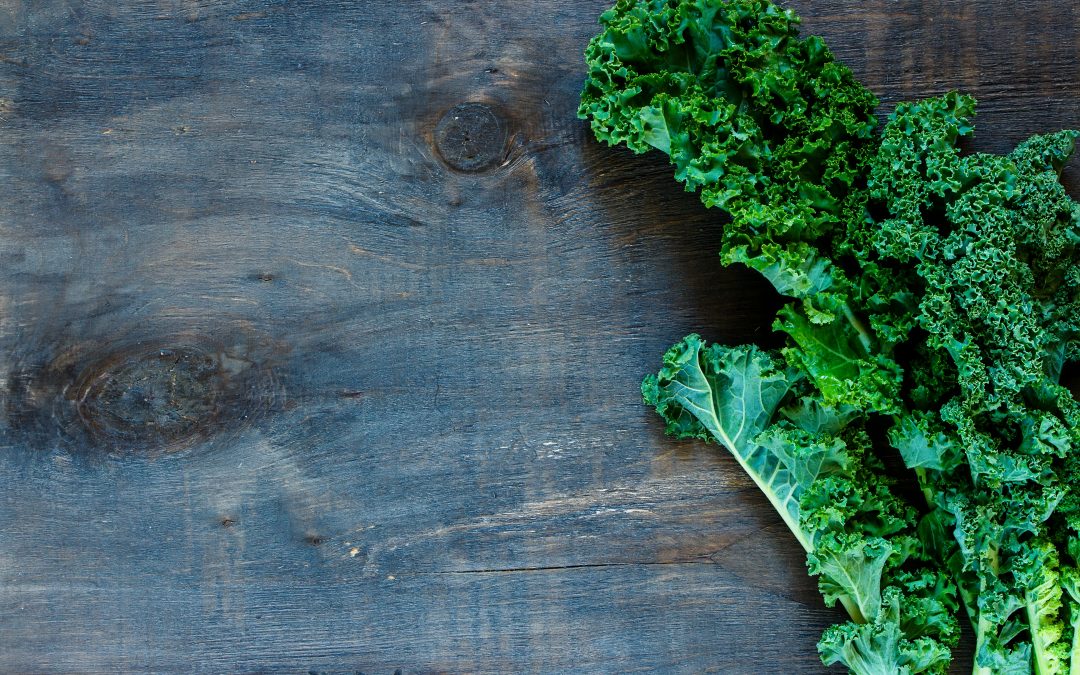Many humans have the core value – I am a healthy person.
This core value/identity can be powerful as it drives behaviors that are more difficult to build and maintain in our current obesogenic environment, but it can also be a negative depending on the rigidity and perceptions that comes along for the ride.
The two most common fallacies I hear right now are…
1) I am a healthy person. Healthy people don’t eat carbs so I don’t eat rice.
This is actually completely untrue and a simple story helping very few people.
Metabolically inflexible humans likely can’t have gobs of rice because they cannot deal with large boluses of carbohydrates alone. But, even metabolically inflexible people can probably have a portion of white rice in a mixed meal and be just fine because the glycemic index doesn’t work for mixed meals and isn’t valid in general because of substantial intra and interindividual variability.
If we really think about it the healthier a human is the more rice they should feasibly be able to eat.
This is why eventually I am always trying to build a mindset of anti-fragility and expansion in the long-term. In the short-term, we will need some level of restriction and rigidity and hints of that will probably need stick long-term especially for items that can’t be moderated, but as someone puts on more muscle mass and moves more throughout the day they are going to be able to move more carbohydrates through the system…if they so choose.
A healthy person by definition has more options and more degrees of freedom than an unhealthy person.
2) Healthy people have six packs and I don’t have a six pack. I am not healthy…enough.
“I am a healthy person” is actually an insanely nebulous and annoying identity to have as it is highly subjective and most people don’t have objective data on how healthy they are so they tend to go by how they feel, and more so how they LOOK. Not terrible, but probably terrible and likely riddled with unhealthy hues of cultural bias.
Most people (not all) that you see on Instagram with insanely chiseled abs are very likely NOT healthy. In fact, if you take their blood work they may even be told to seek immediate medical attention.
The vast majority of humans probably can’t and shouldn’t maintain resting amazing six pack abs all year long.
If we look at Pontzer’s data on the Hadza hunter gathers we see that males were 13.5% body fat on average and females were 20.9%, but the standard deviation was around 5% in both cases.
Even with this small sample size, this is a range I can get behind when we define health. These ranges are also supported by the 2017 paper by Maffeton et al. which unfortunately found that statistically 91% of the US population is OverFat.
Check out the figure from Maffetone et al. for the cut-offs.
8 to 17% for men and 16 to 30% for women are fairly wide ranges. But, my proposition to humans seeking “health” is always this… put on and maintain enough muscle to not fall down later in life and then find a body fat percentage inside these ranges that you are happy with.
When or if you are there then we maximize FOOD consumption because in reality that is the HEALTHIEST choice one could make.
For females, this is likely an energy availability of around 45 kcal/kg of fat free mass and for males it may be a little lower at 40 kcal/kg of FFM, but if you can eat more and stay weight stable that is most always probably a good thing.
Rev the system! Don’t ask your body to make choices between adaptation and survival.
Survival will always win.
”Rigorously controlled laboratory trials in women have shown that optimal energy availability for healthy physiological function is typically achieved at an EA of 45 kcal/kg FFM/day.”
-Mountjoy et al. 2018
And if you are on the low-end of that body fat percentage and you gain some adipose tissue at this level of intake maybe because of your genetics and fetal microenvironment this body fat percentage actually isn’t really healthy for you (labs could be helpful here).
Living your life in a low-energy non-adapting state for Instagram sounds pretty terrible and is NOT at all healthy.
Everything has a cost, but most people are unaware of the price-tag.
“In females, many physiological systems are substantially perturbed at an energy availability of <30 kcal/kg FFM/ day.” [probably <25 kcal/kg FFM/ day for males given they don’t directly turn calories into baby humans and males are far more expendable]
-Mountjoy et al. 2018



Recent Comments